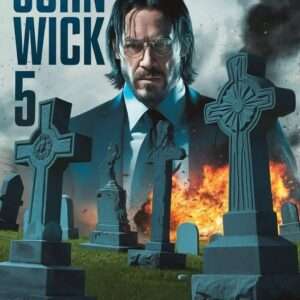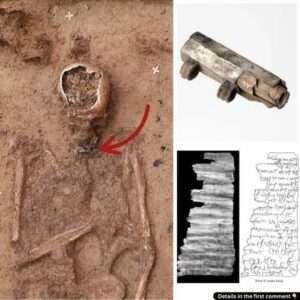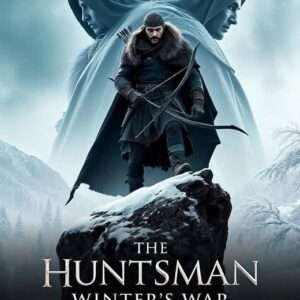“The Good, The Bad, And The Ugly” is a classic western film released in 1966, directed by the legendary Sergio Leone. This iconic movie is considered one of the best in the genre and has left a lasting impact on cinema history.
The storyline follows three gunslingers – Blondie (The Good), Angel Eyes (The Bad), and Tuco (The Ugly) – as they embark on a quest to find buried Confederate gold during the American Civil War. What unfolds is a tale of betrayal, loyalty, and greed set against the backdrop of a divided nation.

Clint Eastwood delivers a standout performance as Blondie, the morally ambiguous protagonist known for his sharp shooting skills and quick wit. Lee Van Cleef portrays the ruthless and cunning Angel Eyes, who will stop at nothing to get what he wants. Eli Wallach rounds out the trio with his portrayal of Tuco, a lovable yet conniving outlaw with a knack for survival.
One of the most memorable aspects of the film is Ennio Morricone’s iconic score, which perfectly captures the tension and drama of each scene. The haunting whistle theme has become synonymous with the western genre and is instantly recognizable to audiences worldwide.
Visually, “The Good, The Bad, And The Ugly” is a masterpiece of cinematography. Sergio Leone’s use of wide shots and extreme close-ups creates a sense of epic grandeur, while the desolate landscapes of the American southwest provide a stark backdrop for the characters’ journey.
Despite being a quintessential western film, “The Good, The Bad, And The Ugly” transcends the limitations of its genre. The themes of greed, loyalty, and the brutal realities of war resonate with audiences of all backgrounds, making it a timeless classic that continues to captivate viewers over 50 years after its initial release.
In conclusion, “The Good, The Bad, And The Ugly” is a cinematic triumph that has stood the test of time. With its unforgettable characters, gripping storyline, and stunning visuals, it remains a must-see for any fan of film.





